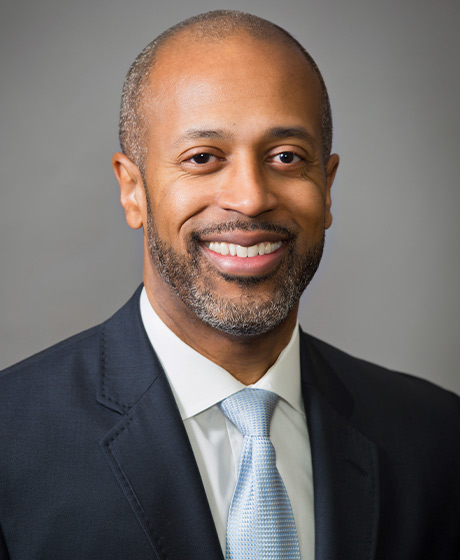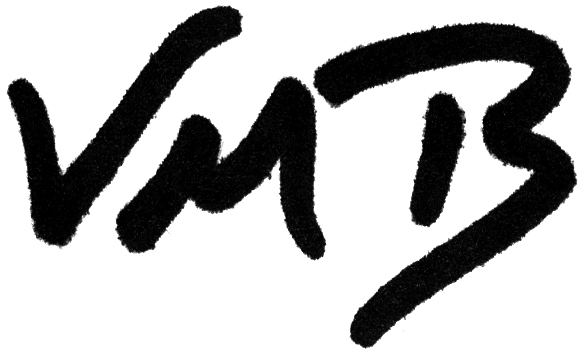
During the embryonic years of the United States, a debate raged amongst the intellectual elite and ordinary people about how our would-be nation should be structured and governed. Only a few years after successfully repelling the British Redcoats and delivering a stunning defeat to England — one of the most powerful countries in the world at the time — the new leaders of these United States (actually, a confederation of states) vigorously debated the future governance of our young country.
Similar to modern-day America, the country was divided into two factions: the Federalists and the Anti-Federalists. The Federalists were proponents of a strong central government and supported the ratification of the Constitution in 1788. The Anti-Federalists supported a more decentralized approach, favored vesting more power with each state, and opposed the ratification of the Constitution until the inclusion of the Bill of Rights. Each side passionately debated the merits of how our young country should be formed in writings that were published throughout the land.
While both parties may have vehemently disagreed, they truly believed they had the country, their states and their fellow countrymen’s interests at heart. Both parties’ beliefs were based, in part, on their recent experience under British rule, and the history of the colonies as they struggled to secure their rightful and just place in the world.
Whether it was realized at the time or not, the ensuing public debate and the publication of the Federalist Papers helped to cement the principles that ultimately found their way into the Constitution. It also helped establish the values and principles that remain central to sustaining our republic — education of the citizenry, freedom of speech, the right to petition our government and the right to peaceably assemble and protest. These values and principles are the flowers that are given life from the roots of the Constitution. Ensuring that students — our future leaders — are equipped to articulate and defend these principles, advance the education of the citizenry, and carry out the duties vested with every citizen is essential if our republic is to see another 243 years of prosperity and success.
Our country’s founding documents not only establish the framework for our system of government and define the role of government, but they also make prolific statements about the rights of citizens. Buttressing these documents are the statements our early leaders made about key aspects of society — such as education — that needed to be developed in order to advance the idea of a republic that would become these United States of America.
What is oftentimes lost among the important rights and duties of every citizen is the right to petition the government, the right to protest and the right to freedom of speech. The founding architects of the U.S. knew, from first-hand experience, these would be important in ensuring that the government was working for the people.
These important rights were clearly captured in the First Amendment to the Constitution, which prohibits the United States Congress from enacting laws that would abridge freedom of speech or of the press or the right of the people to assemble peaceably, or to petition the government for redress of grievances.
Now, we could spend a lifetime talking about the historical intrigues and contradictions associated with the development of these rights and activities in America, or how our young country passed a law — the Sedition Act of 1798 — that was antithetical to the Constitution and the First Amendment. But for now, I think it’s more valuable to reflect on the fact that these rights are key pieces of the cultural DNA of America, and representative of the core rights guaranteed in our country’s founding documents.
As such, students deserve a clear presentation about how freedom of speech and the right of the people to protest and petition the government give life to the words in our Constitution. Without the unfettered exercise of these rights, the Constitution could become a nicely decorated, but empty vase without purpose or meaning. They are, in fact, the people’s accountability mechanism, the drivers for change, and simultaneously the protectors of the Constitution and weapons against tyranny.
Thomas Jefferson, an Anti-Federalist, once said, “The spirit of resistance to government is so valuable on certain occasions, that I wish it to be always kept alive.” In a letter regarding Shays’ Rebellion written to James Madison on Jan. 30, 1787, Jefferson argued that an occasional rebellion serves to preserve freedoms, stating, “the tree of liberty must be refreshed from time to time.”
Jefferson’s sentiments, one could argue, were woven into the Declaration of Independence along with the encouragement and duty of the people to abolish or alter their government(s) if they cease to secure the peoples’ life, liberty and pursuit of happiness. In fact, this is what the colonies did in response to offenses inflicted upon them by the British Empire.
The United States was founded on protest, resistance and direct confrontation with a government that was abridging the rights of life, liberty and the pursuit of happiness of the first Americans. The most obvious example of such resistance was the 1773 Boston Tea Party, which was preceded by three years by the Boston Massacre, where British soldiers and colonists fought over jobs and the British occupation. Among the diverse crowd of protestors was Crispus Attucks, a Black man, who was the first to be shot by the soldiers.
American history is littered with innumerable examples of Americans exercising their constitutional rights to better our country, when they or other Americans were being denied the unalienable rights proclaimed in the Declaration of Independence. Take, for example, the work of abolitionists to end slavery, the Women’s Suffrage Movement and the Civil Rights Movement.
History is clear: Protesting, freedom of speech and petitioning our governments are truly a part of the American DNA, and continue to be important powers of the people that must not be muffled, but exercised and periodically amplified for the benefit of the republic.
We have a public education system that continues to evolve in educating the masses on the “science of government,” and serves as a basic training of sorts for our youth to become the torchbearers of liberty. We must not extinguish these torches with falsehoods or selective information that doesn’t truly represent the contributions, activities and motivations of all the people who helped shape our country. Generations of Americans from all backgrounds have fought to preserve and advance the eloquent ideas and principles contained in our founding documents.
We need students to not only become petitioners for a specific policy or social issue, but petitioners and protectors of the rights and principles contained in the Constitution. This can only happen if students are educated about all aspects of our republic — the vagaries, nuances and shortcomings associated with the rights and declarations in the Constitution and its uneven application over the centuries. The education of students about our founding documents and our country’s history should not just be a “story,” but an accurate reflection of how we, as a nation, got to where we are with all its ugliness, inequality, contradictions, heroics and vision in tow.
This, I submit, is necessary if we want students to become the torchbearers of liberty, and to continue the enduring struggle for a more perfect union.
